-
- Type
-
Digital SLR camera
-
-
Bayonet connection
-
Nikon F bayonet (with AF clutch and AF contacts)
-
-
-
Effective angle of view
-
Nikon FX format
-
-
-
Image sensor
-
CMOS sensor, 35.9 x 24.0 mm
-
-
-
Total pixel count
-
24.93 million pixels
-
-
-
Dust reduction system
-
Image sensor cleaning, reference image for dust removal (Capture NX-D software required)
-
-
-
Effective resolution
-
24.3 million pixels
-
-
-
Image size (in pixels)
-
Image area FX (36 x 24): 6,016 x 4,016 (L), 4,512 x 3,008 (M), 3,008 x 2,008 (S). Image field 1.2x (30 x 20): 5,008 x 3,336 (L), 3,752 x 2,504 (M), 2,504 x 1,664 (S). Image field DX (24 x 16): 3,936 x 2,624 (L), 2,944 x 1,968 (M), 1,968 x 1,312 (S). FX format shooting in Movie Live View: 6016 x 3376 (L), 4512 x 2528 (M), 3008 x 1688 (S). DX format shooting in movie live view: 3936 x 2224 (L), 2944 x 1664 (M), 1968 x 1112 (S). Note: Photos taken in Movie Live View have an aspect ratio of 16:9. The camera provides two frame options to choose from: DX and FX.
-
-
-
Data storage – file format
-
NEF (RAW): 12 or 14 bit, lossless compressed or compressed. JPEG: JPEG baseline compression: Fine (approx. 1:4), Normal (approx. 1:8) or Basic (approx. 1:16) (uniform file size); “Optimal image quality” setting can be selected. NEF (RAW) + JPEG: dual file format (shots are saved in both NEF (RAW) format and JPEG format)
-
-
-
Picture control system
-
Standard, Neutral, Brilliant, Monochrome, Portrait, Landscape and Balanced configurations; individual adjustment possible; Storage for custom Picture Control configurations
-
-
-
Storage media
-
SD, SDHC (UHS-I compatible), SDXC (UHS-I compatible)
-
-
-
Double memory card compartment
-
The card in compartment 2 can be used as a reserve or for backup copies, but also to store NEF and JPEG files separately when using the dual file format. Images can be copied from one memory card to the other.
-
-
-
File system
-
DCF 2.0, DPOF, Exif 2.3, PictBridge
-
-
-
Viewfinder
-
SLR pentaprism viewfinder with fixed exit pupil position
-
-
-
Field coverage
-
FX (36 x 24): approx. 100% horizontal and vertical. 1.2x (30 x 20): approx. 97% horizontal and vertical. DX (24 x 16): approx. 97% horizontal and vertical
-
-
-
enlargement
-
approx. 0.7x (with 50 mm lens with aperture of 1:1.4, focus setting to infinity and -1.0 dpt)
-
-
-
Location of the exit pupil
-
21 mm (at -1.0 dpt; from the center of the eyepiece lens surface)
-
-
-
Diopter adjustment
-
-3 to +1 dpt
-
-
-
Adjustment disc
-
BriteView type B focusing screen (Mark III) with marking of the AF point area and superimposed grid lines
-
-
-
Mirror
-
Quick reverse mirror
-
-
-
Dimmer button
-
Yes. The stop-down button (Pv) closes the aperture up to the set aperture level (depth of field control). In aperture priority (A) or manual exposure control (M), the aperture is set manually by the user; in the other exposure controls it is set by the camera.
-
-
-
cover
-
Electronically controlled spring aperture
-
-
-
Compatible lenses
-
Compatible with AF-NIKKOR lenses, including Type G, E and D (limitations apply to PC lenses), DX lenses (with DX (24 x 16) 1.5x field option), AI-P NIKKOR lenses and AI lenses without CPU (exposure control A and M only). IX-NIKKOR lenses, lenses for the F3AF and non-AI lenses cannot be used. Focusing with electronic adjustment aid can be used in conjunction with lenses with an effective minimum aperture of 1:5.6 (at a minimum aperture of 1:8, focusing with electronic adjustment aid supports the 11 focus areas).
-
-
-
Clasp type
-
Electronically controlled, vertical focal plane shutter
-
-
-
Exposure time
-
1/4,000 s to 30 s (step size: 1/3 or 1/2 EV), long exposure (B), long exposure (T), X200
-
-
-
Flash sync speed
-
X=1/200s; the flash is synchronized with a shutter speed of 1/250 s or slower. (The flash range may be shorter at shutter speeds between 1/250 and 1/200 s.)
-
-
-
Shooting modes
-
Single image (S), continuous shooting slow (CL), continuous shooting fast (CH), quiet release (Q), self-timer, mirror lock-up (MUP), quiet continuous shooting (Qc)
-
-
-
frame rate
-
approx. 6 images/s, 1 to 6 images/s (CL), 6.5 images/s (CH) or 3 images/s (Qc)
-
-
-
Self-timer
-
2s, 5s, 10s or 20s lead time; 1 to 9 images at intervals of 0.5, 1, 2 or 3 s
-
-
-
Remote release
-
Remote release with advance, remote release without advance, remote mirror lock-up (ML-L3)
-
-
-
Exposure metering
-
TTL exposure metering system with RGB sensor with approx. 91,000 pixels
-
-
-
Measuring system
-
Matrix Metering: 3D Color Matrix Metering III (with Type G, E, and D lenses) or Color Matrix Metering III (with other CPU lenses); Color matrix metering is available for non-CPU lenses once their lens data has been entered. Center-weighted measurement: measurement focus with a weighting of approx. 75% in a circle with a diameter of approx. 12 mm in the middle of the image field (diameter of 8, 15 or 20 mm can alternatively be set) or integral measurement over the entire image field (12 mm Circle for lenses without CPU). Spot measurement: Exposure measurement in a circular field (diameter: approx. 4 mm; corresponds to approx. 1.5% of the image field) in the center of the selected focus measuring field (middle focus measuring field for lenses without a CPU). Highlight metering: Available with Type G, E and D lenses; like center-weighted metering when using other lenses.
-
-
-
Measuring range (ISO 100, lens aperture of 1:1.4, 20 °C)
-
Matrix metering, center-weighted metering or highlight-weighted exposure metering: 0 to 20 EV. Spot metering: 2 to 20 EV.
-
-
-
Aperture transfer
-
CPU, AI
-
-
-
Exposure control
-
Automatic modes (auto, auto (flash off)); Subject programs (portrait, landscape, children, sports, close-up, night portrait, night shot, indoor shot, beach/snow, sunset, twilight, animals, candlelight, flowers, autumn colors, food); Effect modes (Night Vision, Color Drawing, Miniature Effect, Selective Color, Silhouette, High Key, Low Key); Program automatic with program shift (P), shutter priority (S), aperture priority (A), manual exposure control (M); U1 (User Settings 1); U2 (User Settings 2)
-
-
-
Exposure compensation
-
Adjustable in the range from -5 to +5 EV, step size 1/3 EV or 1/2 EV in the exposure controls P, S, A and M, SCENE and in the night vision effect mode
-
-
-
Exposure bracketing
-
2 to 9 frames in increments of 1/3, 1/2, 2/3 or 1 EV; 2 to 5 images in increments of 2 or 3 EV
-
-
-
Exposure memory
-
Save the measured value by pressing the AE-L/AF-L button
-
-
-
ISO sensitivity
-
ISO 100 to 12,800 with increments of 1/3 or 1/2 EV. Set to approximately 0.3, 0.5, 0.7 or 1 EV (equivalent to ISO 50) below ISO 100 or to approximately 0.3, 0.5, 0.7, 1 or 2 EV (equivalent to ISO 51,200 ) possible above ISO 12,800; ISO automatic adjustable
-
-
-
Active D-Lighting
-
Auto, Extra Strong, Boosted, Normal, Moderate or Off
-
-
-
ADL exposure bracketing
-
2 images (one image with ADL setting selected, one image without ADL); 3 to 5 images with different ADL settings
-
-
-
Autofocus
-
Nikon Advanced Multi-CAM 3500 II autofocus sensor module with TTL phase detection, fine tuning, 51 focus points (including 15 cross sensors, light intensity 1:8 supported by 11 sensors) and AF assist light (range approx. 0.5 to 3 m)
-
-
-
Measuring range
-
–3 to +19 EV (ISO 100, 20°C)
-
-
-
Focusing
-
Autofocus (AF): Single autofocus (AF-S), continuous autofocus (AF-C), automatic selection between AF-S and AF-C (AF-A), predictive focus tracking automatically responds to subject movements. Manual focusing (M): Electronic focusing can be used.
-
-
-
Focus measuring fields
-
Choice of 51 or 11 focus areas
-
-
-
AF point control
-
Single field control; dynamic measuring field control (9, 21 or 51 measuring fields), 3D tracking, measuring field group control, automatic measuring field control
-
-
-
Focus memory
-
Save the distance by pressing the shutter button halfway (single autofocus) or by pressing the AE-L/AF-L button
-
-
-
Integrated flash unit
-
Automatic, portrait, children, close-up, night portrait, indoors, animals, color drawing: automatic flash (automatically pops up the flash unit); P, S, A, M, Food: manual opening with release button
-
-
-
Guide number
-
approx. 12 (m, ISO 100, 20 °C)
-
-
-
Flash control
-
TTL: i-TTL flash control with RGB sensor with approx. 91,000 pixels available for integrated flash unit; i-TTL fill flash for digital SLR cameras is used in matrix metering, center-weighted metering and highlight-weighted exposure metering, standard i-TTL flash control for digital SLR cameras in spot metering
-
-
-
Flash modes
-
Auto, Auto with red-eye reduction, Auto with slow sync, Auto with slow sync and red-eye reduction, Fill flash, Red-eye reduction, Slow sync, Slow sync with red-eye reduction, Sync on second curtain, slow sync to second curtain, flash off; automatic FP short-time synchronization is supported.
-
-
-
Flash exposure compensation
-
-3 to +1 EV, increments of 1/3 or 1/2 EV
-
-
-
Flash exposure bracketing
-
2 to 9 images, increments: 1/3, 1/2, 2/3 or 1 EV. 2 to 5 images in increments of 2 or 3 EV
-
-
-
Flash ready indicator
-
Lights steadily when the built-in flash or an optional flash is fully charged; flashes after a flash is triggered at full power
-
-
-
accessory shoe
-
Standard shoe (ISO 518) with synchronization and data contacts and safety fitting hole
-
-
-
Nikon Creative Lighting System
-
Nikon CLS is supported; “Master control” option available
-
-
-
Flash sync connection
-
AS-15 lightning connector adapter (sold separately)
-
-
-
White balance
-
Auto (2 options), Tungsten, Fluorescent (7 options), Direct sunlight, Flash, Cloudy sky, Shade, Custom reading (up to 6 readings can be saved, spot white balance measurement available in live view), Select color temperature (2,500 to 10,000 K ), fine-tuning possible for all options
-
-
-
White balance bracket
-
2 to 3 images, step size 1, 2 or 3
-
-
-
Live View – Modes
-
Live View Photos (Photography), Movie Live View (Filming)
-
-
-
Live View – Focusing
-
Autofocus: Single autofocus (AF-S), permanent AF (AF-F). Manual focus (M)
-
-
-
Live View – AF point control
-
Portrait autofocus, large area of focus, normal, subject tracking
-
-
-
Live View – Autofocus
-
AF with contrast detection at any position in the image field (with portrait autofocus or subject tracking, the camera automatically selects the focus area)
-
-
-
Video – exposure measurement
-
TTL measurement with main image sensor
-
-
-
Video – measuring system
-
Matrix metering, center-weighted metering or highlight-weighted metering
-
-
-
Video – Image size (pixels) and frame rate
-
1,920×1,080; 60p (progressive), 50p, 30p, 25p, 24p; 1,280×720; 60p, 50p; actual frame rates for 60p, 50p, 30p, 25p and 24p: 59.94, 50, 29.97, 25 and 23.976 fps; all options support both high and normal image quality.
-
-
-
Video – file format
-
MOV
-
-
-
Video – Video compression
-
H.264/MPEG-4 Advanced Video Coding
-
-
-
Video – Audio recording format
-
Linear PCM
-
-
-
Video – sound recording device
-
Integrated or external stereo microphone; Sensitivity adjustable
-
-
-
monitor
-
8 cm (3.2 inch) screen diagonal. Tiltable low-temperature polysilicon TFT LCD monitor with approx. 170° viewing angle, approx. 100% field coverage as well as brightness and viewing angle adjustment. approx. 1,229,000 pixels (VGA; 640 x RGBW x 480 = 1,228,800 pixels)
-
-
-
reproduction
-
Single-frame playback and thumbnail playback (4, 9, or 72 thumbnails or calendar), close-up playback, movie playback, photo and/or movie slide show, histogram display, highlight display, image information display, position data display, and automatic image orientation
-
-
-
USB
-
high-speed USB; Connection to integrated USB port recommended
-
-
-
HDMI output
-
HDMI port (Type C)
-
-
-
Audio input
-
3.5 mm jack socket (stereo; with power supply)
-
-
-
Audio output
-
3.5 mm jack socket (stereo)
-
-
-
Accessory connection
-
Radio remote controls: WR-1, WR-R10 (sold separately) Cable remote release: MC-DC2 (sold separately) GPS receiver: GP-1/GP-1A (sold separately)
-
-
-
Wi-Fi (Wireless LAN) standards
-
IEEE 802.11b, IEEE 802.11g
-
-
-
Wi-Fi (Wireless LAN) – connection protocols
-
IEEE 802.11b: DSSS/CCK IEEE 802.11g: OFDM
-
-
-
Wi-Fi (Wireless LAN) – frequencies
-
2,412 to 2,462 MHz (1 to 11 channels)
-
-
-
Wi-Fi (Wireless LAN) – Range (Line of Sight)
-
approx. 30 m (without interference; range depends on the signal strength and any obstacles present)
-
-
-
Wi-Fi (Wireless LAN) – data rates (measured values)
-
54 Mbps. Maximum logical data rates according to IEEE standard. Actual rates may vary.
-
-
-
Wi-Fi (Wireless LAN) – Security
-
Authentication: open system, WPA2-PSK. Encryption: AES
-
-
-
Wi-Fi (Wireless LAN) access protocols
-
Infrastructure
-
-
-
Menu languages
-
Arabic, Bengali, Bulgarian, Chinese (simplified and traditional), Danish, German, English, Finnish, French, Greek, Hindi, Indonesian, Italian, Japanese, Korean, Marathi, Dutch, Norwegian, Persian, Polish, Portuguese (Portugal and Brazil ), Romanian, Russian, Swedish, Serbian, Spanish, Tamil, Telugu, Thai, Czech, Turkish, Ukrainian, Hungarian, Vietnamese
-
-
-
Batteries/rechargeable batteries
-
An EN-EL15 lithium-ion battery
-
-
-
Multifunctional handle
-
Optional multifunctional handle MB-D16, equipped with a Nikon EN-EL15 lithium-ion battery or with six AA cells (alkaline, Ni-MH or lithium batteries or accumulators; size AA)
-
-
-
Power adapter
-
AC adapter EH-5b; requires battery compartment insert EP-5B (each optional accessory)
-
-
-
tripod thread
-
1/4 inch (ISO 1222)
-
-
-
Dimensions (H x W x D)
-
approx. 113 x 140.5 x 78 mm
-
-
-
Weight
-
approx. 840 g with battery and memory card, but without housing cover; approx. 750 g (camera body only)
-
-
-
Operating Conditions – Temperature
-
0°C to 40°C
-
-
-
Operating conditions – humidity
-
up to 85% (non-condensing)
-
-
-
Accessories included
-
Eyepiece cap DK-21, body cap BF-1B, lithium-ion battery EN-EL15 with battery protective cap, battery charger MH-25a (with power plug adapter or power cable, type and shape vary depending on country or sales region), eyepiece cover DK-5, USB -Cable UC-E17, strap AN-DC14, installer for ViewNX 2
-
Nikon D750 AF-S 24-85mm VR Kit
$1,500.00
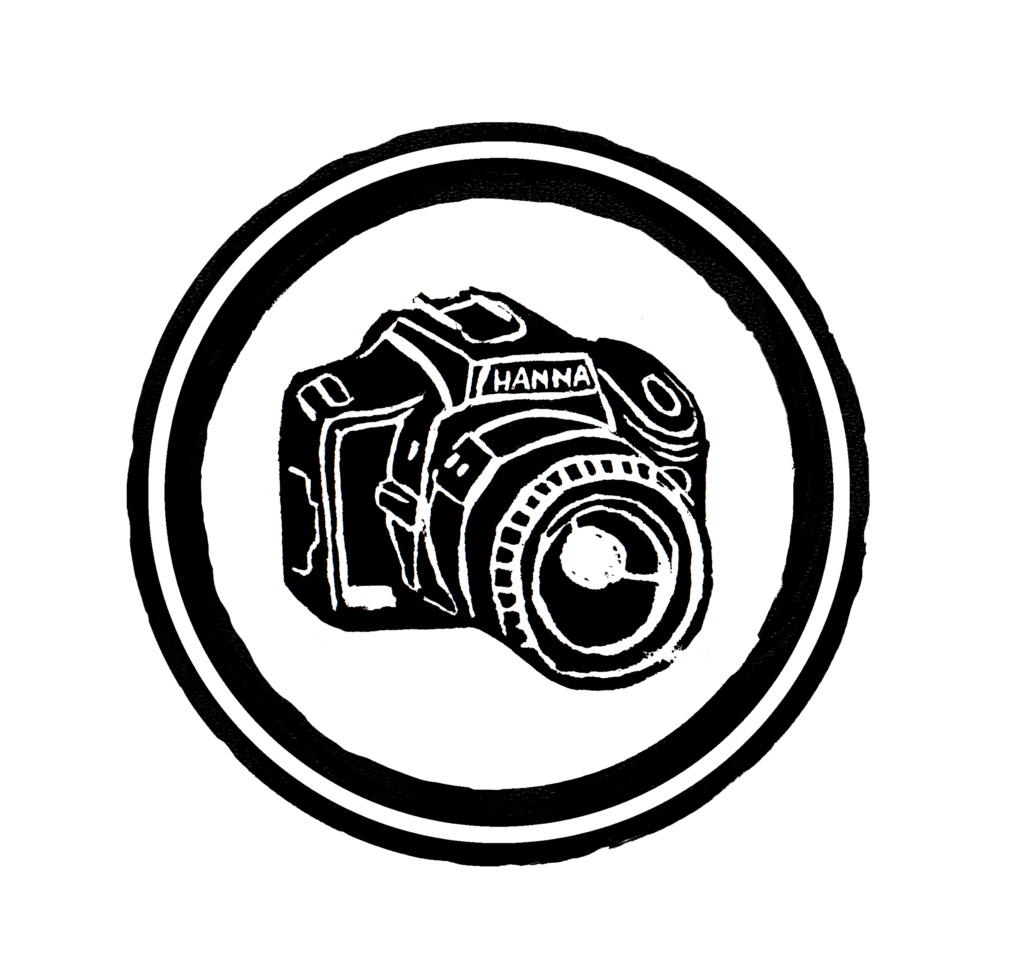

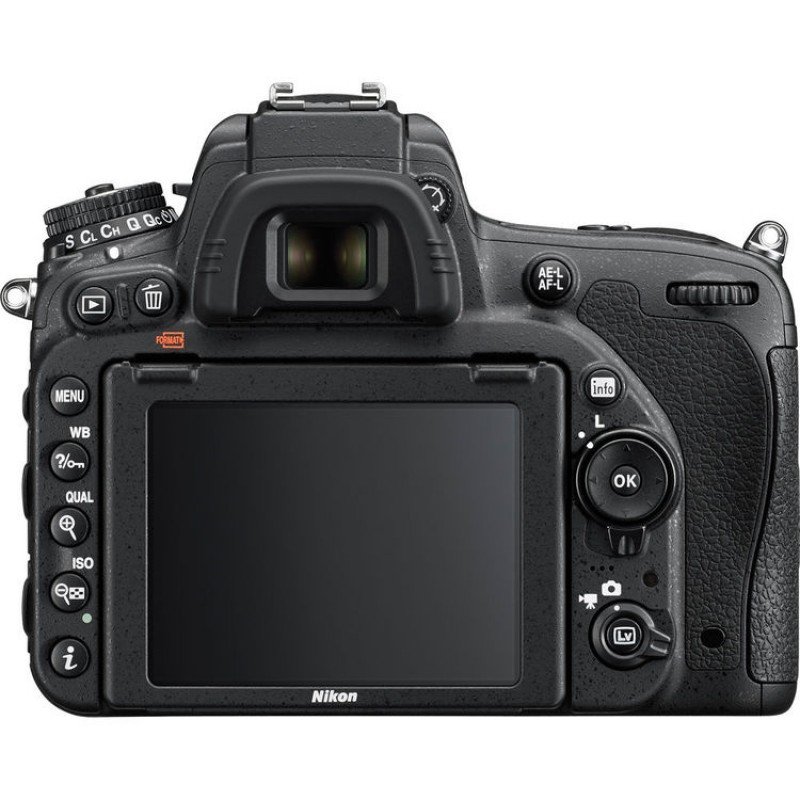


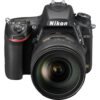

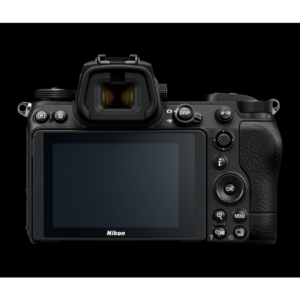
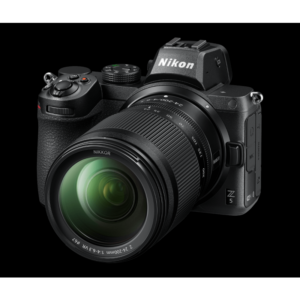






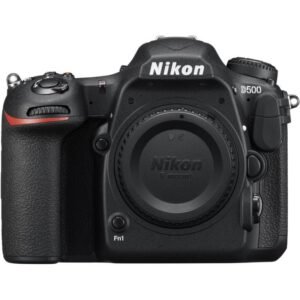

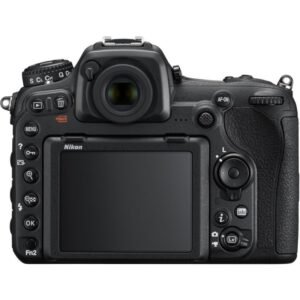


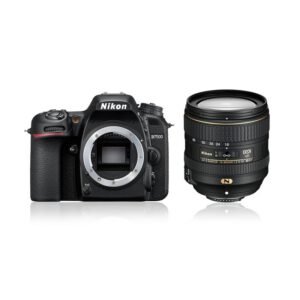

Reviews
There are no reviews yet.